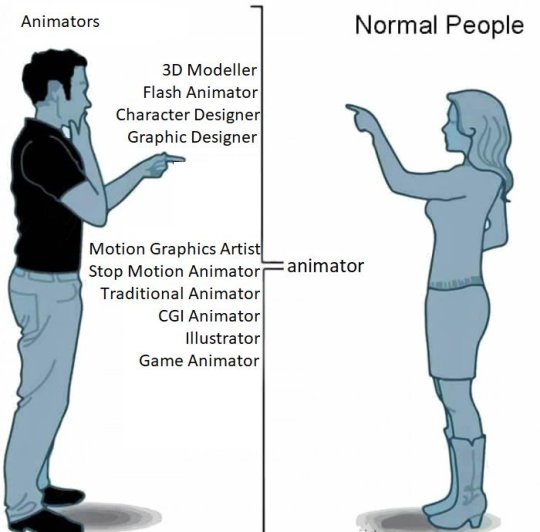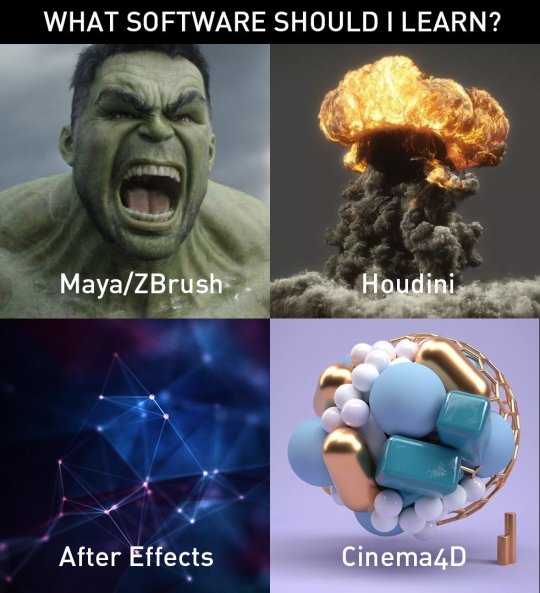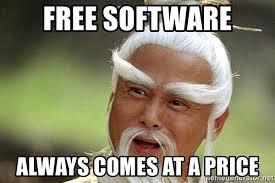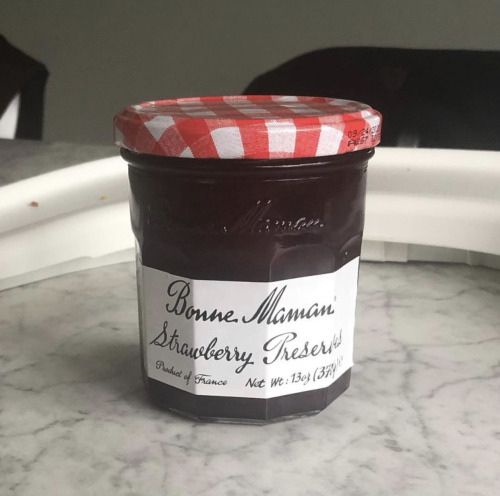#artadvice
The result of years and years practice and experience!!!
__________________________
•ArtStation•OnlineShop•Instagram•deviantart•BUYMECOFFEE!COMMISSION INFO
___________________________________
Background on this: I decided to go back to school for 3D Animation (Centennial College in Toronto, I may explain why another time) and as I start the second semester of this 2-year program, I thought I’d look back and share what I wish I knew going into this like I did when I was studying illustration at OCADU. People seemed to find it helpful, I hope this is as well. As always, feel free to ask me anything if you have questions! And on with the show:
1: Know what you want to do when you graduate!

Preface: I still don’t exactly know what I want to do (though I have significantly narrowed it down). There are many many many different options, and havingsomekind of idea of what it is that you want to do will help you focus your studies. You will be exposed to different aspects of the industry and you may very well change your mind during your studies, but if you do a little research you will avoid my problems of 1) having no idea which classes I should prioritize and 2) being vague on my goals to the point of being (somewhat kindly) told I should choose a different program.
2: Pick up (and read) a copy of The Animator’s Survival Kit

My dad (who is the best) got me a copy of this book for Christmas years ago. I skimmed the first little bit then let it collect dust on my shelf until halfway through my semester I decided to read it again- and I felt like an idiot. All of the fundamentals I had been learning were all in this book. While it is written by and for traditional animators, everything you need to understand the basics of animation is in this book. Which leads me to my next point:
3:Get ahead! You can learn a lot on your own!

Like anything creative, you can learn pretty much everything on your own (in theory). I will list the free resources and software I’ve found so far at the end.
Don’t feel like you haveto start ahead of time (I barely did out of fear it would be the wrong thing to do … that was dumb … but I don’t feel overly behind or anything I still got great marks). But if you dostart learning the fundamentals before you get there, it can help you figure out what you want to focus on. Even if you don’t have a great computer you can read the Animator’s Survival Kit.
If you can learn everything on your own, why did you register for school at all, you might ask? That brings me to my last point:
BONUS TIP: Understand what you’re paying for!
What you’re paying for is:
-Access to helpful humans (profs, TAs, and classmates)
-Computers with software that is hard to get for free (Adobe …)
-A piece of paper
The first two are the most useful. Besides the obvious (talk to your profs, ask for help from TAs and classmates, etc) something specific to a 3D Animation program (at least mine) is all the software and computers! You are paying a lot a lot a lot of money, so use all the free (you are actually paying for it with your tuition) software and computers you have access to, and learn some extra stuff and have fun with it!

now for the actually free stuff…
Resources & Links
Tutorials / Learning Resources that I’ve already used and can 110% vouch for:
Maya will let you use their software for free for non-commercial use if you’re learning!
Jean-Denis Hass’ videos analyze acting for animators and video feedback of student animations
Flipped Normals does great 3D tutorials
—–
More Resources I’ve found:
https://www.proko.com/library/#.XiaD3hNKh25
Daniel Geis does 2D-to3D and 2D-to-Animated tutorials
Jahirul Amin does modeling and Animation Tutorials
—–
If you have any resources I missed and can share in my next post, or any questions for me, reach out my inbox is always open! :) I hope this helped!
Happy 2020, friends! Sharing this piece from last year to show that you don’t need to have a beautiful reference image to create a solid illustration. The most important things to have in your reference are clarity (i.e. it’s not grainy and you can see the details), perspective (the angle and viewpoint you want) and proportions. Of course, gorgeous lighting and color are wonderful too, but you can usually get plenty of color information even from a crumby photo if you’re willing to use your imagination and over emphasize what you see in the reference. Also, some of the lighting that works well and looks great in a photo isn’t necessarily all that great for an illustration (that light and bright look is gorgeous, but you need some shadows in your drawings if you want them to look realistic!). Secod image is the photo I used for this piece, complete with dim lighting, too-gray white balance, and baby’s high chair tray in the background.
Post link


